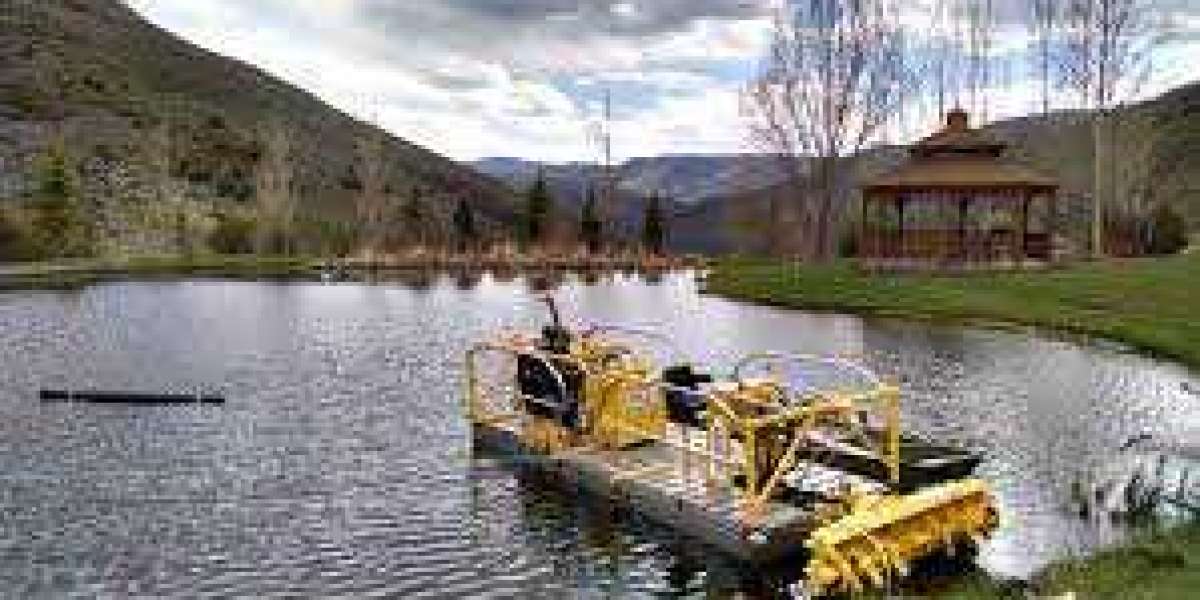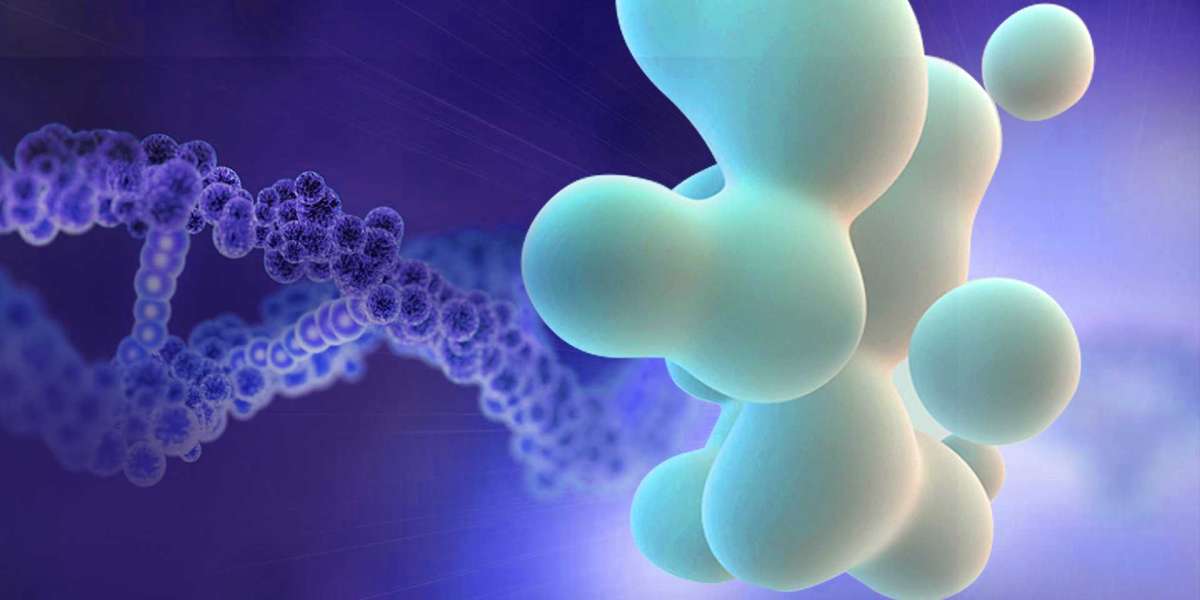Introduction
Lakes are not just beautiful natural features; they are vital ecosystems that support diverse plant and animal life while providing recreational opportunities for communities. However, to ensure their long-term health and sustainability, proper lake maintenance is crucial.
Water Quality Management
Maintaining good water quality is at the core of lake management. Understanding and monitoring water quality parameters such as dissolved oxygen levels, pH balance, and nutrient concentrations are essential. Implementing nutrient management strategies, such as minimizing fertilizer runoff and controlling wastewater discharge, helps prevent excessive algal growth and eutrophication.
Managing pollution sources is equally important. Implementing best management practices for stormwater management, sewage treatment, and agricultural runoff can significantly reduce the influx of pollutants into the lake, safeguarding its water quality.
Aquatic Vegetation Control
Aquatic vegetation plays a vital role in lake ecosystems, providing habitat and food sources for aquatic organisms. However, invasive species can rapidly overtake a lake, disrupting the natural balance. Identifying these invasive plants and implementing effective control measures are crucial.
Mechanical methods, such as cutting and harvesting, can be employed to physically remove excessive vegetation. Chemical control using herbicides can selectively target invasive species while preserving native plants. However, it is paramount to ensure the responsible and judicious use of chemicals to minimize environmental impact.
Promoting the growth of beneficial native vegetation is another key aspect of aquatic vegetation control. Native plants provide valuable habitat and contribute to water quality by reducing nutrient runoff and erosion.
Sedimentation Prevention
Sedimentation, the gradual accumulation of sediment and organic matter at the bottom of a lake, can lead to reduced water depth and impaired water quality. Understanding the causes of sedimentation, such as erosion from construction sites or agricultural fields, is essential.
Implementing erosion control measures, such as vegetative buffers and sediment ponds, can minimize the entry of sediment into the lake. Regular dredging and sediment removal can help restore the lake's depth and maintain its ecological balance.
Conclusion
Lake maintenance is a multifaceted endeavor that requires a comprehensive approach to preserve the beauty and functionality of these natural wonders. By effectively managing water quality, controlling aquatic vegetation, and preventing sedimentation, we can ensure that lakes remain vibrant ecosystems for generations to come. Let us all take responsibility for the maintenance and conservation of our precious lakes, safeguarding their ecological integrity for future enjoyment and sustainable living.








